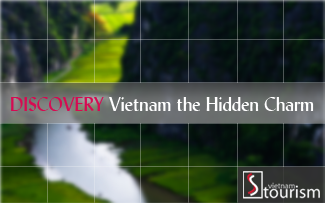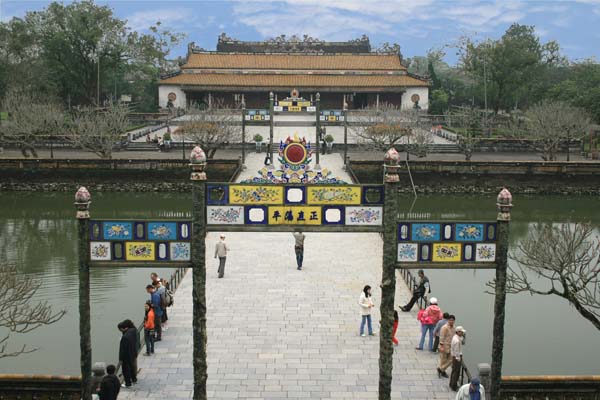My Son Sanctuary
Published: Tuesday, 12/06/2012, 03:33 GMT+7
Hit: 1962
My Son is situated 69 km southwest of Danang, was an imperial city throughout the Cham dynasty, between the 4th and 12th centuries. My Son Sanctuary is a massive complex of spiritual relics that includes over seventy architectural works. They comprise temples and towers that connect to one another with sophisticated red brick styles. The key part of the Cham architectural style is the tower, built to mirror the divinity of the King.
According to records on the stone stele, the prime foundation of the ancient My Son architectural complex was a wooden temple to worship the Siva Bhadresvera genie. within the late sixteenth century, an enormous fire destroyed the temple. Gradually, historical mysteries were unveiled by scientists. Through stone stele and royal dynasties, they showed My Son to be the most significant Holy Land of the Cham individuals from the late fourth to the fifteenth centuries.
For several centuries, the Cham built Lip, a mutually linked architectural complication, with baked bricks and sandstone. The key temple worships the Linga-Yoni, who represents the aptitude of invention. Furthermore, the key tower (Kalan) is many sub-towers worshipping Genies or deceased kings. Though time and the wars have destroyed some towers, the remaining sculptural and architectural remnants still reflect the style and history of the art of the Cham individuals. Their masterpieces mark a wonderful time for the design and culture of the Cham, as well as Southeast Asia.
Each historical period has its own identity, so every temple worshipping a genie or a king of totally different dynasty has its own architectural style full
of with different impression. All of the Cham towers were built on a quadrate foundations and each includes 3 parts: a solid tower base, representing the
planet of mankinds, the mysterious and sacred tower body, representing the planet of spirits, and also the tower high built in the form of a person giving
flowers and fruits or of trees, birds, animals, etc., representing things that are near the spirits and mankind.
According to several researchers of the ancient Cham towers, the architectural art of the Cham towers at My Son Sanctuary is that the convergence of various designs, as well as the continuity of the ancient style in the 7th-8th centuries, the Hoa Lai variety of the 8th-9th centuries, the Dong Duong style from the mid-9th century, the My Son and My Son-Binh Dinh designs, etc. Among the remnants of many architectural sites excavated in 1898, a twenty four metres high tower was found within the Thap Chua sector and coded A by archaeologists and researchers on My Son. This tower is a masterpiece of ancient Cham design.
There are 2 doors, one in the east and also the different in the west. The tower body is high and delicate with a system of paved pillars; 6 sub-towers
surround the tower. This 2 storey tower is like a lotus flower. The highest of the higher layer is formed of sandstone and carved with elephant. Within the
lower layer, the walls are carved with fairies and water evils and men riding elephants. Unlikely, the tower was destroyed by US bombs in 1969.
After the My Son ancient tower complication was discovered, several of its artifacts, particularly statues of female dancers and genies worshipped by the
Cham people, worship animals and artifacts of the daily communal activities, were collected and displayed at the Cham design Museum in Danang town. Though there aren't several remnants left, they remain to show the standard sculptural works of cultural price of the Cham nationality. Furthermore, they're vivid proof, confirming the history of a nationality living at intervals the Vietnamese community boasting of a rich cultural tradition.
www.vietnamtourism.com
Related content in World natural heritage

 bởi
bởi 

